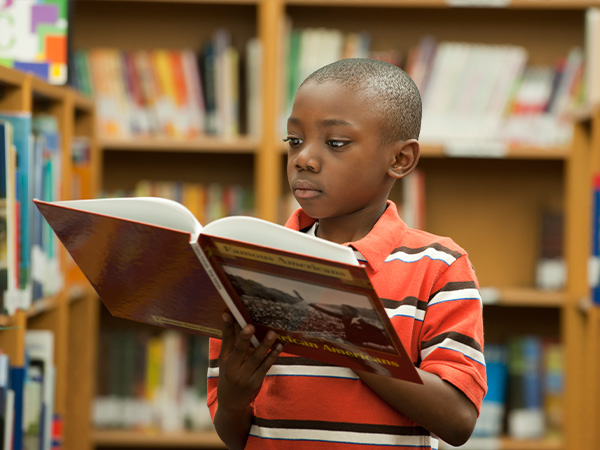
Grade:
Topic:
Unit:


In this lesson mini, students will research and create biographical presentations about important historical figures, such as explorers, constitutional contributors, state pioneers, or other significant individuals, depending on the curriculum needs. They will use informational texts and primary sources from Britannica School to collect information about their chosen subjects. Students will compare and contrast information from various sources, evaluate the reliability and perspective of these sources, and present their findings in diverse formats including posters, slideshows, mini biographies, and time capsules. Additionally, they will write short informative texts about their biographical subjects and engage in discussions about the historical figures’ contributions to society.

Minutes
Minutes
Minutes
Minutes
Minutes

Level-up current events into dynamic learning!